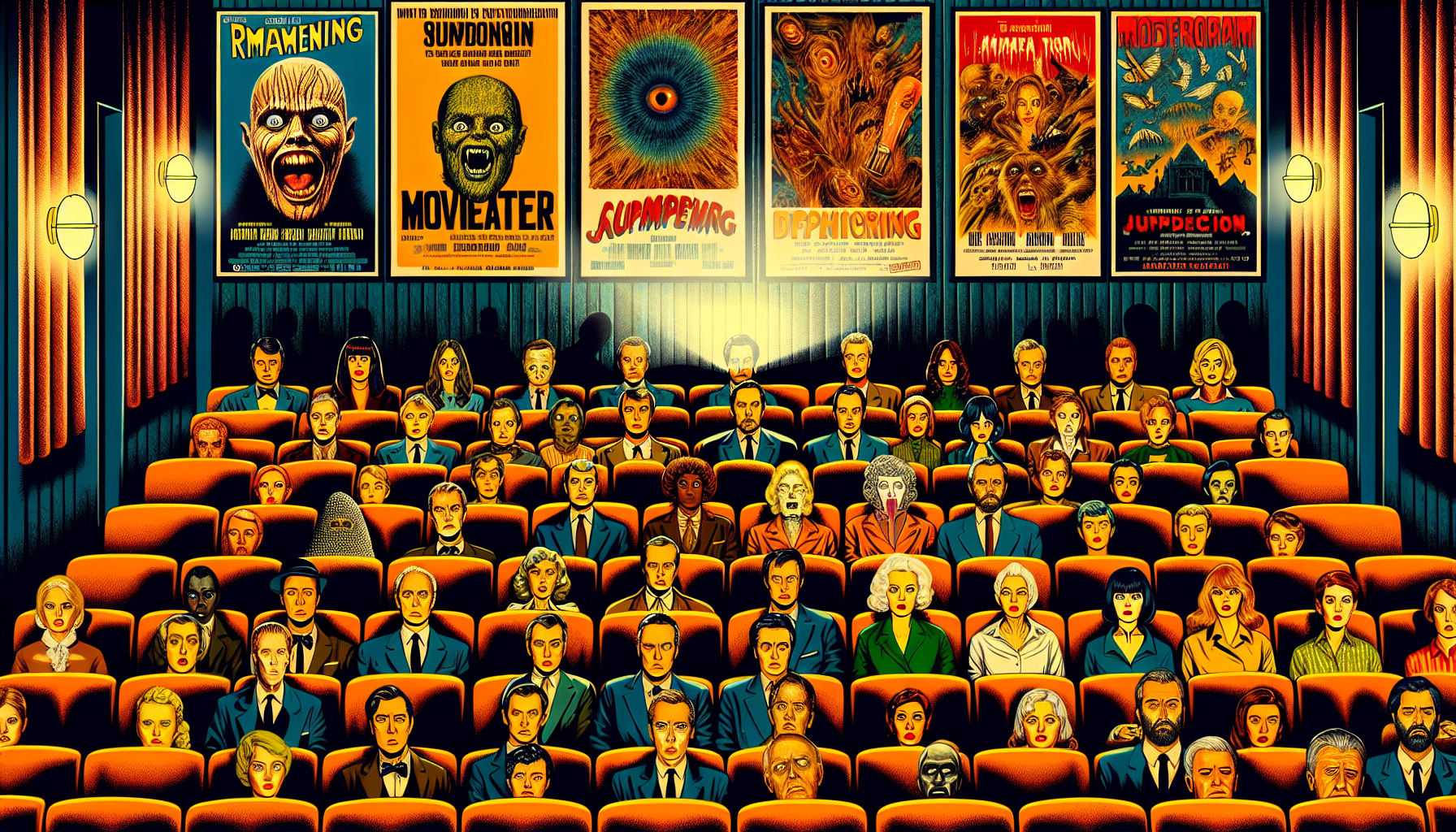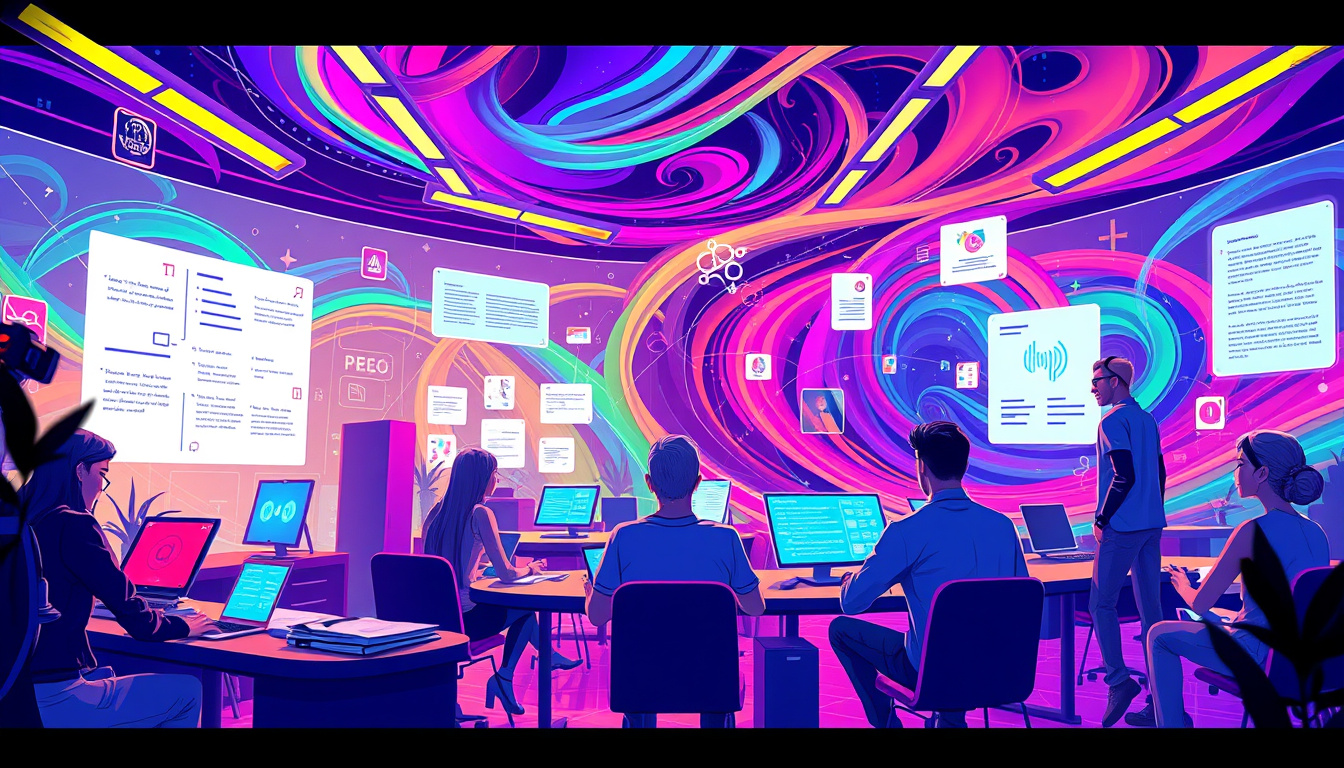
Oh, the Horror: A Delicate Dance of Dread and Discourse
Horror movies, those beloved adrenaline-pumping, popcorn-spilling cinematic jaunts, are not just about jump scares and nightmare fuel. No, they’re also ripe with juicy societal critiques, cleverly shrouded in metaphor, festooned with fangs, and often lurking in the shadows of the narrative like a well-disguised bogeyman. Balancing scares with social commentary isn’t just an art; it’s a tightrope walk at Cirque du Soleil levels of mastery. Let’s slice into how filmmakers stir this witch’s brew of fright and insight.
The Guts and the Glory: Why Mix Scares with Social Commentary?
In the quivering light of the moon—or the flicker of a screen—horror films do more than just send shivers down spines; they reflect and dissect societal woes. Since the dawn of the genre, filmmakers have been smuggling in meditations on humanity’s most pressing problems amongst the zombies, ghosts, and assorted monsters. Think of it as hiding vegetables in a meatloaf; it’s beneficial, yet oh-so-subtly done, making the medicine go down with a spoonful of terror.
Historical Hauntings: A Legacy of Allegory
It’s no coincidence that some of the most iconic horror films are heavy with allegory. Take George A. Romero’s Night of the Living Dead (1968). This zombie classic isn’t just a tale of the undead gnawing on unwitting humans; it’s a biting commentary on race relations during the 1960s. The ending isn’t just tragic; it’s steeped in racial commentary so potent it could raise the dead.
Or, consider the Cold War era, when films like Invasion of the Body Snatchers (1956) captured the paranoia and fear of ‘the other,’ mirroring anxiety about communist infiltration. Horror has always had its finger on the pulse—or maybe more appropriately, its teeth in the jugular—of contemporary issues.
Modern Monsters: What’s Trending in Terror?
Fast forward to today, and the tradition has not only continued but evolved. Jordan Peele’s Get Out (2017) artfully tackles the horror of racism with such precision that it both terrifies and educates, proving you can indeed scream and think simultaneously. Similarly, The Purge series explores themes of class warfare and the moral decay lurking beneath societal facades, making viewers question, “Are we watching a movie, or a prophecy?”
Then there’s Ari Aster’s Hereditary (2018), which aside from providing quality nightmare material, delves deep into the horrors of grief and familial trauma. It turns out, dissecting the human psyche can be just as frightening as any spectral apparition.
Striking the Right Chord: The Balancing Act
So how do filmmakers strike that precarious balance between delivering goosebumps and impartive gestures? It’s like mixing a cocktail with an equal part of thrill and thought. Lean too heavily on the message, and you risk preaching to a choir that’s likely running for the exits. Tip too far into terror for its own sake, and the film may be dismissed as mere shock fodder.
The key is subtlety and surprise, weaving the commentary through the narrative like a ghostly whisper rather than a banshee’s wail. The best films let the audience grab the social commentary with their own hands, like finding a prize at the bottom of a cereal box—except perhaps a bit more cerebral and less plastic.
Viewer Vexation: Do Audiences Get It?
Not everyone digs deeper than the gore when watching a horror movie. Some may miss the social commentary entirely, too caught up in their fight-or-flight response. Yet, this doesn’t deter the masterminds of macabre from layering their tales with meaning. After all, if even a handful of viewers walk away with a bit more than a fright, the endeavor can be chalked up as a win.
Horror movies, therefore, are a bit like onions (or ogres, as Shrek would have it): layered, potentially tear-inducing, and offering more complexity than they might initially reveal. This makes them not only entertaining but essential as mirrors to our collective cultural nightmares. So next time you watch a horror flick, peek between your fingers for those hidden messages—you might find the film’s bite is sharper than its bark.






